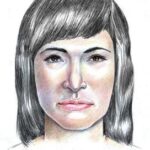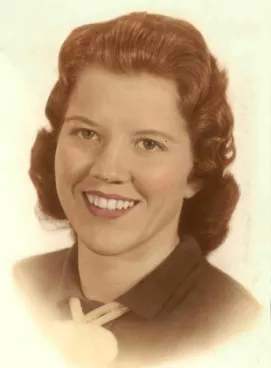
The summer air along Race Point in 1974 was thick and quiet. On July 26, a girl walking near Provincetown with her dog came across something strange just off the trail. The dog had been barking toward a pile of sand and brush. When she followed, she saw the body of a woman partially buried in the dunes. The spot was only a short distance from the road, but the way the woman had been placed there suggested care. There was no sign of a struggle.
She lay on one half of a beach blanket, face down. A pair of Wrangler jeans and a blue bandana had been folded beneath her head. Her auburn hair, held back with a gold-flecked hair tie, had stayed in place. Her toenails were painted pink. The scene seemed still.
Police soon discovered the woman’s hands were missing. So was one forearm. Several teeth had been removed. One side of her head had been damaged by a blow, possibly with a military-style shovel. The injury was severe enough to cause passing. Her neck showed signs of force. There were also physical indications of violation that may have occurred after the fact.
Investigators noted two sets of footprints nearby, as well as tire marks not far from the scene. But the sand around her body was undisturbed. It appeared she had either known the person she was with, or she had been asleep.
Estimates put her height between five feet six and five feet eight inches, and her weight around 145 pounds. Her build was described as athletic. She appeared to be anywhere from twenty to forty years old. Her dental work was extensive and expensive, suggesting regular care and significant cost.
With no identification and no clear path forward, local authorities opened a long investigation. She was temporarily buried that October in Provincetown’s Saint Peters Cemetery, with nothing to mark her name.
The newspapers began calling her “Lady of the Dunes.”
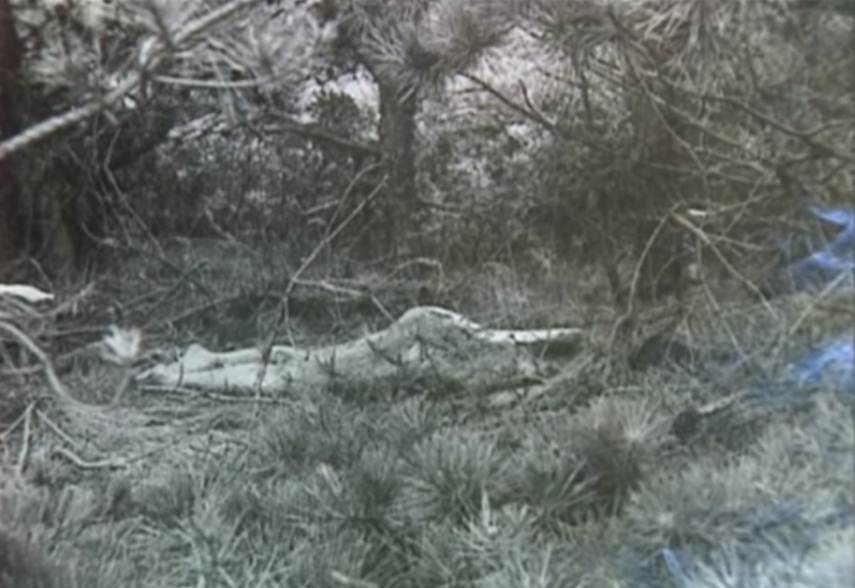
The Search That Stalled
The discovery of the woman in the dunes launched one of the longest and most complex identification efforts in the region’s history. From the beginning, police worked methodically. They reviewed missing persons reports from across the country, narrowing their focus to women between twenty and forty years of age. They looked at dental charts, studied vehicle registrations from the area, and followed every possible line that might explain who she was or how she had arrived in that quiet part of Provincetown.
She had been placed with care, yet her body showed signs of being silenced. Her hands were gone. Her forearm had been taken. Several teeth had been removed. Some investigators believed this had been done to prevent identification. Others thought it might have been meant to obscure the identity of the person responsible. Either way, it worked. Her image faded into the background of law enforcement files as new cases arrived and leads grew cold.
Still, the search continued.
In 1979, artists created the first clay model of her face, based on the shape of her skull. It was the first attempt to bring her back into public view. The following year, her body was exhumed. Investigators hoped that advances in forensic science or a fresh look might uncover something that had been missed. Nothing new was found. Her skull was retained for study, while the rest of her body was reburied.
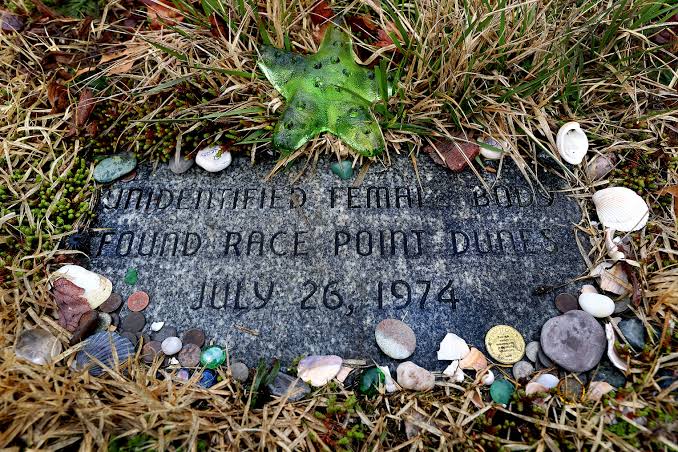
In the early 2000s, her body was exhumed again. This time, the focus was on DNA testing, which had become more precise since her case had first gone cold. A CT scan of her skull in 2010 allowed digital artists to create more detailed facial reconstructions. The National Center for Missing and Exploited Children produced updated images using the new data. Each version looked slightly different, and none of them brought a match.
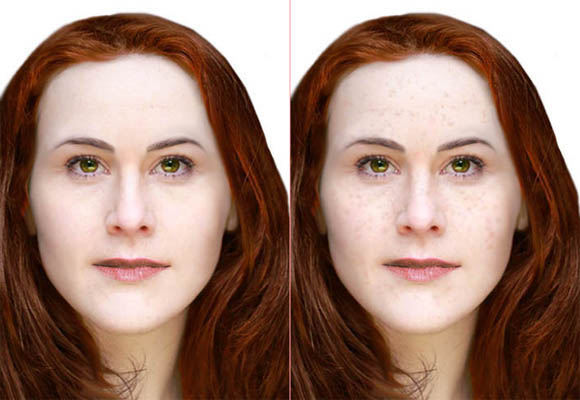
Tips came in from time to time. In 1987, a Canadian woman said her father had once taken the life of a woman in Massachusetts. Police could not find her again to verify the story. Other women came forward to say the clay reconstructions resembled their missing relatives. Each case was checked and dismissed.
Some theories gained more attention than others. A woman named Rory Gene Kesinger had escaped from a jail in 1973 and vanished without a trace. She would have been twenty-five at the time the body in the dunes was discovered. Her mother provided a DNA sample. There was no match.
In later years, police entertained a theory involving the 1975 film Jaws, which had been filmed in Massachusetts the same summer the body was discovered. A viewer pointed out a woman in the background of one scene. She was wearing jeans and a blue bandana. It was an eerie resemblance, but nothing more came of it.
There were also those who claimed responsibility. One man, Hadden Clark, sent a letter to a friend in 2004 with drawings of a woman placed face down, missing her hands. He said he knew where her body had been left. He had confessed to other cases as well, and many who worked with him noted his fragile mental health. Investigators followed his claims but found nothing that could be verified.
As the decades passed, the woman’s face changed with every artist’s rendering. Sometimes she was shown with freckles, other times without. Her cheekbones shifted. Her expression softened or hardened depending on who shaped her features. But the questions remained the same.
Who was she? Why had she been there? And what had she left behind?

The Name She Had All Along
In 2022, nearly half a century after the woman was found near Race Point, her bones told the story no witness could. Her remains were sent to a private lab in Texas called Othram, which specialized in forensic genealogy. From a degraded DNA sample, experts built a profile strong enough to trace her distant relatives. They followed the lines backward through second and third cousins, linking names, addresses, and records that had been scattered across states and generations.
On October 31, 2022, the FBI field office in Boston made the announcement. The Lady of the Dunes had a name. Her name was Ruth Marie Terry.
She had been born in the hills of Whitwell, Tennessee, in 1936, the daughter of Johnny and Eva Terry. Her mother passed away when Ruth was still a child. The family lived in a small shack built into the mountainside. Ruth’s early years were shaped by loss and movement, and by her early twenties, she had already left home to find work in Michigan.
By 1957, she had found a job at the Fisher Body plant in Livonia. She worked long hours. She was briefly married. In 1958, she gave birth to a son, Richard. Unable to support him, she arranged for the superintendent of her plant, Richard Hanchett Sr., to adopt the child. In return, he helped cover her living expenses. After the adoption, Ruth left Michigan and headed west.
She settled in California. She stayed in touch with family but never explained much about her life there. In 1972, she reached out to her son. He was recovering from a near-fatal drug overdose and had just come out of a coma. They never met.
Two years later, Ruth married again. In February 1974, she and a man named Guy Rockwell Muldavin were wed in Reno, Nevada. He was an antiques dealer, or at least that was what he claimed. By spring, the couple had traveled to Tennessee together. They visited Ruth’s family in Whitwell and Chattanooga. Her relatives recalled that she seemed quiet around Muldavin, more withdrawn than usual. Her grand-niece later said something felt wrong about how she acted when he was near. She would fall silent when he spoke. When they left, they said they planned to travel across the country, visiting shops and searching for antiques. Massachusetts was mentioned.
By late summer, Muldavin returned to Tennessee — alone. He told Ruth’s family that she had left their home in California and disappeared. He stayed only briefly and offered no details. Ruth’s brother, James, traveled across the country looking for answers. He hired a private investigator, who told him that Ruth had given away or sold her belongings. There was a rumor she had joined a spiritual group and left town by choice. Some in the family believed she had entered a protection program. In obituaries, she was quietly listed as deceased, though no one could say how they knew.
Ruth Terry’s story had come apart in pieces. Each person remembered something slightly different. But together, they had only one certainty: she was gone.
Now they knew exactly where she had gone. They just did not yet know the full reason why.
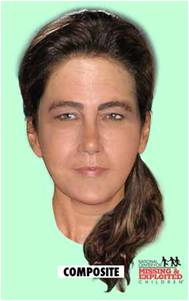
The Man Who Was Always Missing Something
When Ruth Terry married Guy Rockwell Muldavin, she entered a pattern that had started long before their paths crossed. The man had lived many lives under the same name. He studied drama in New York City, worked as a professor, and moved between jobs as a disc jockey and antiques dealer. He always seemed to be someone new depending on where he lived.
His past, however, had a pattern that did not shift.
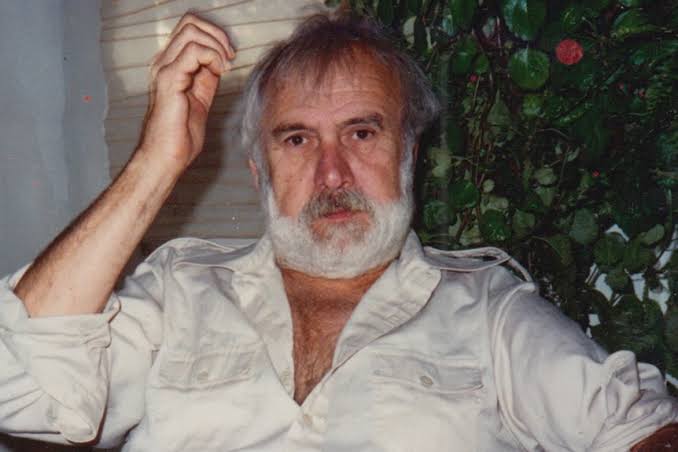
In 1958, Muldavin married a woman named Manzanita Ryan in Idaho. She had an 18-year-old daughter, Dolores, from a previous marriage. Both women disappeared in Seattle in April 1960. Muldavin left the city and was eventually picked up by the FBI. He was charged with fleeing to avoid testifying in the case. He never offered answers.
Investigators later found dismembered human remains in a septic tank on his property. They could not confirm whether the remains belonged to Manzanita or Dolores. Without certainty, the case stalled. Muldavin was never formally held responsible.
By the summer of that same year, he had already remarried. His new wife’s family accused him of taking a large sum of money. He was convicted on financial charges and sentenced to fifteen years, though the sentence was suspended after one year if he repaid the amount. He did not return to custody.
In later years, he lived quietly. He became a radio host in California, speaking on topics like aging and personal growth. He worked in a tobacco shop in Carmel. A profile written in 1985 described him as reflective and community-minded, a man helping others through transition. He died in 2002, leaving behind another wife and a long history of silence.
Only later did investigators begin connecting the stories. In 2022, after Ruth’s identification, the state launched a renewed review of Muldavin’s past. On August 28, 2023, he was officially named responsible for Ruth’s passing.
His history stretched further. In 1950, a 17-year-old waitress named Barbara Joe Kelley vanished after going on a date with a bread truck driver named Red Baird. Baird was found on a beach in Humboldt County with a single gunshot to the head. His clothes were folded nearby. Barbara was never seen again. Muldavin was later linked to the area. The timing, geography, and method raised questions, but no charges were ever filed.
Ann Rule, the true crime writer, devoted a chapter to Muldavin in one of her later books. She described him as a man who stayed just out of reach of law enforcement. His cases lingered in the corners of multiple jurisdictions, always lacking the final piece. There were witnesses, but no proof. There were suspicions, but no arrests.
Ruth Marie Terry was different. She had a name. She had a resting place. And for the first time, the path that led to her passing had a record that could be traced.
Her story took nearly fifty years to come full circle. The woman in the dunes had been many things — a mother, a worker, a sister, a traveler. For a long time, she was only a mystery. But once her name returned, so did her place in the world. She had not wandered away. She had been left behind.
And for the first time, everyone could see who had walked away without looking back.





